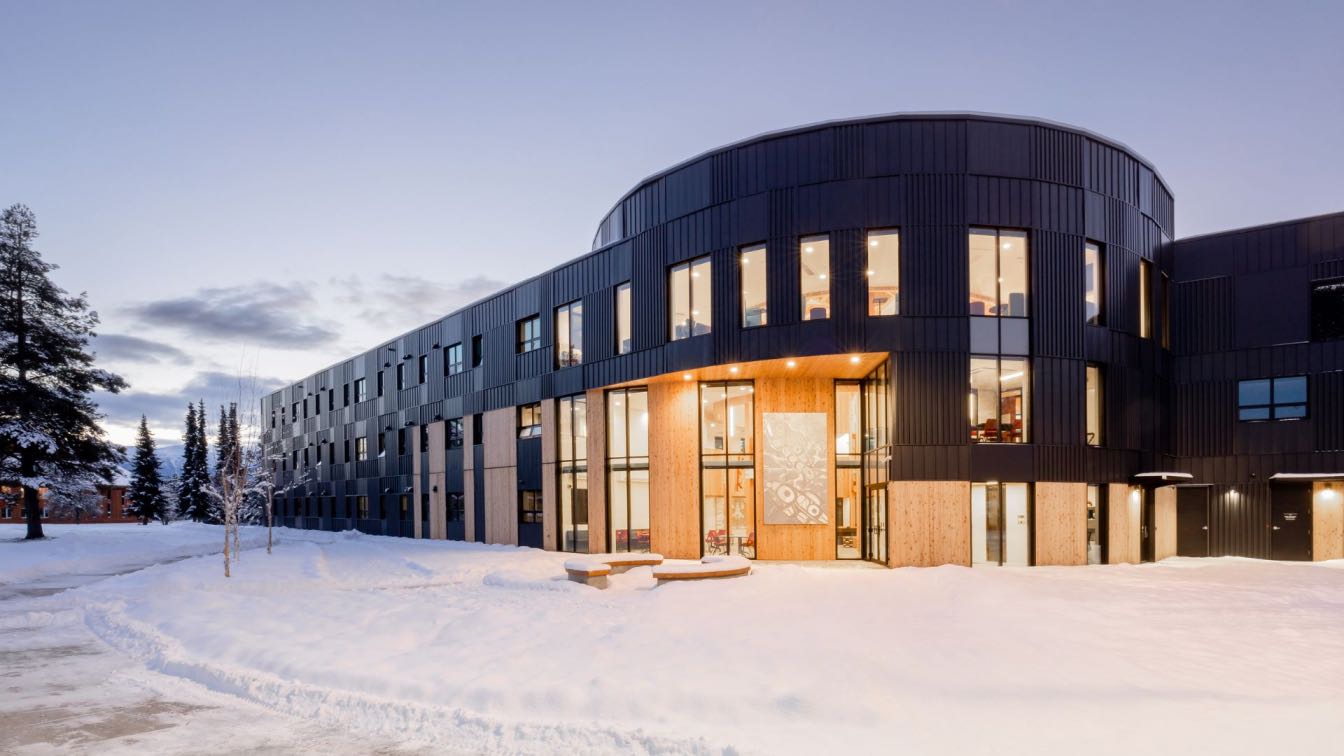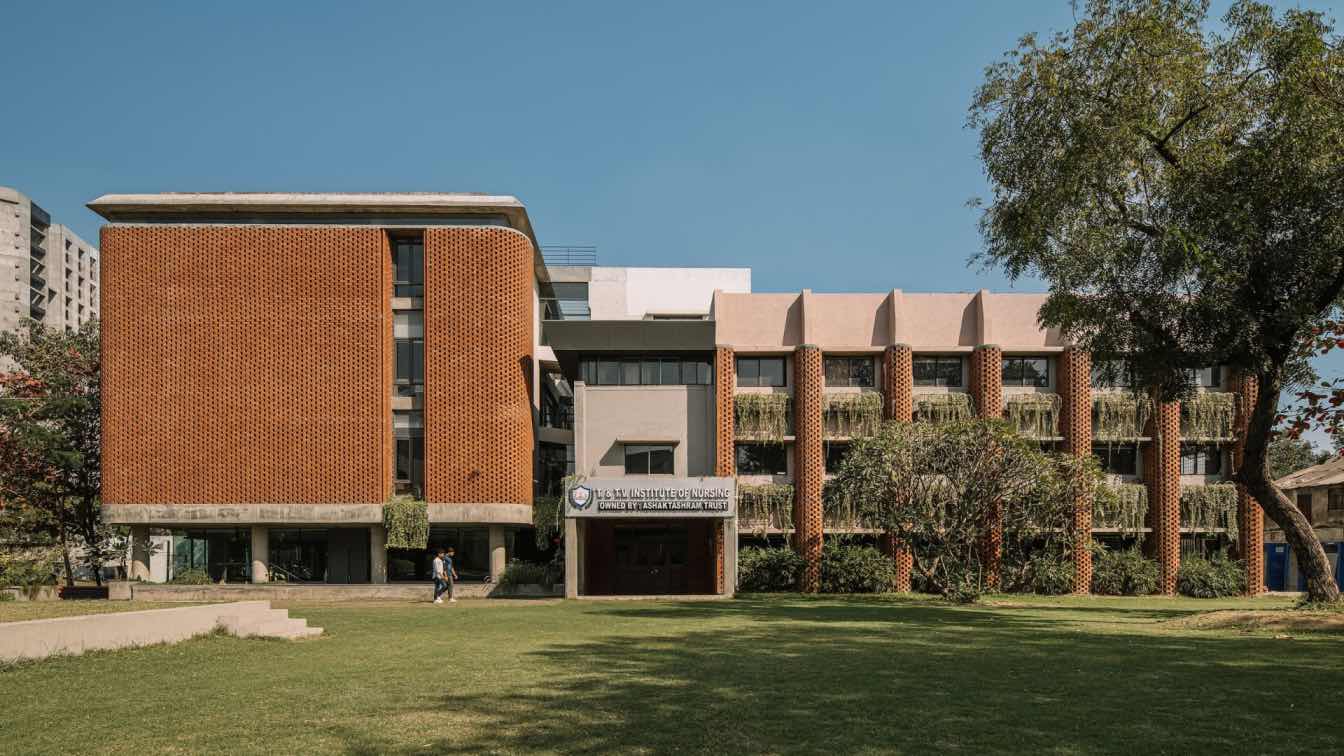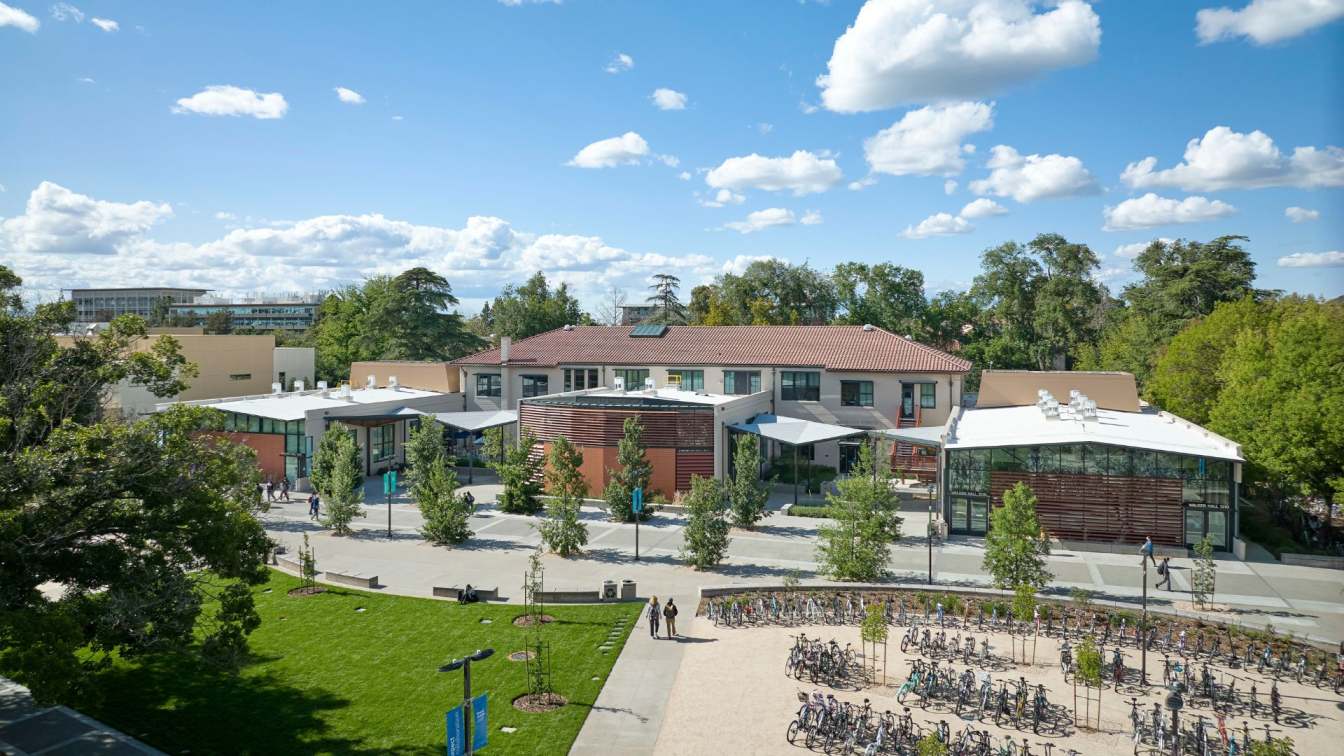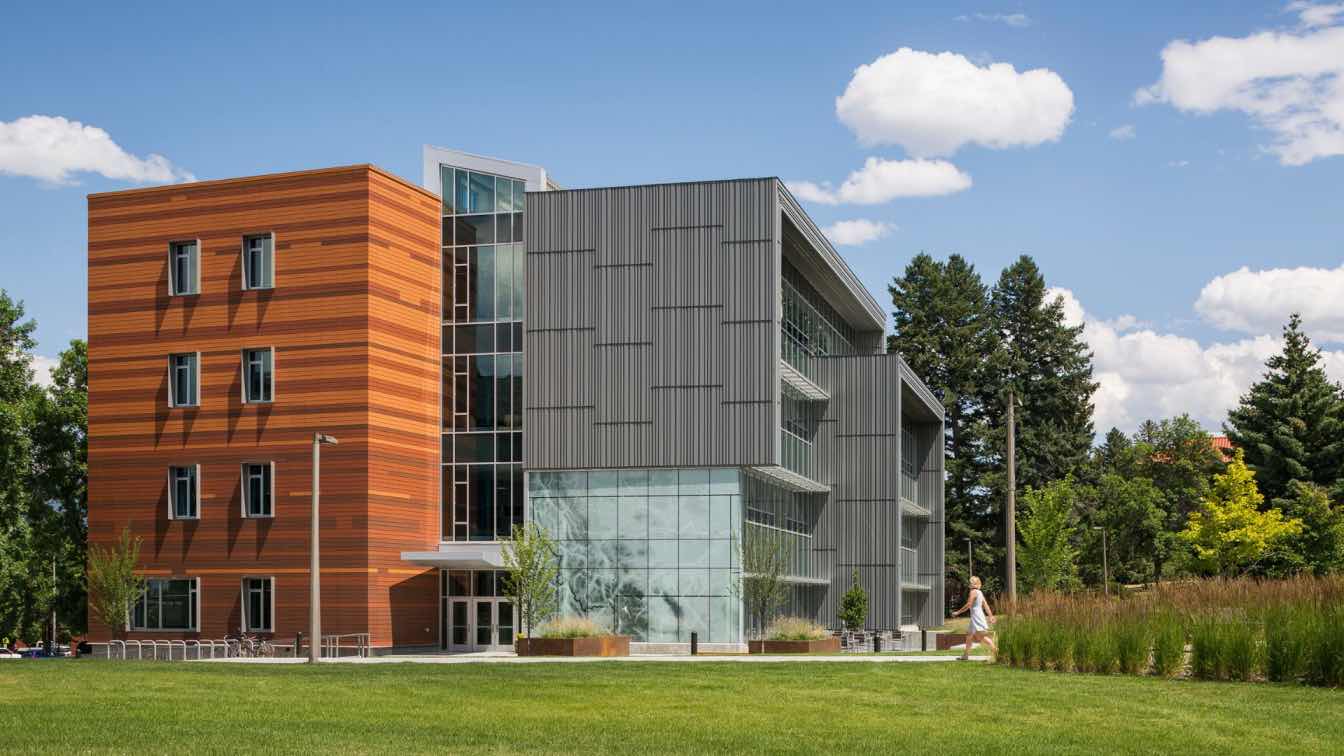One of the largest and most interesting projects of recent years in both architectural and scientific fields. It was here that the new emo-tech style was born, which is not surprising - technology and bright emotions can be found at every step of the way here.
The decision to build the campus was made in 2020, and the work began. The historical university buildings, scattered chaotically along the Yauza River, needed to be united into a single structure, integrating modern buildings with a total area of 170 thousand square meters. The concept was developed by architect Sergey Kuznetsov in cooperation with TPO “Pride” bureau team.
For Kuznetsov, this was his first experience in designing an educational campus, if we do not take into account the Lomonosov cluster, which is the only project implemented in the Science Valley of Moscow State University. But in this case, we are talking about an ensemble built on a vacant lot, and at Baumanka, the following problem had to be solved: to integrate scattered areas with existing buildings, houses that have nothing to do with the University at all, and restricted-access areas behind high fences into a single urban composition. One should understand how this works in practice. During his travels, he visited some famous campuses, for example, Illinois Institute of Technology in Chicago, designed by Mies van der Rohe. All of them are part of city blocks, but with a special student atmosphere. This is an absolutely understandable environment for city dwellers, where you meet young people's faces everywhere, where there is a lot of activity and life is in full swing. He has very positive memories of such places. And then an incredible opportunity to create something of the kind in Moscow appeared.

The glass and metal buildings, with many details that you just want to look at, have become an example of a progressive view of the development of architecture. The modern part of the educational campus, which anyone can admire, gives truly vivid emotions. It even comes to anecdotes: certain people just couldn’t believe that dormitories for students had really been built on the bank of the Yauza as the fancy tower looked too impressive to the city residents, and not a single educational institution in the capital could boast of such luxurious living conditions until recently.
It is worth noting that there is not a single "plain" building in the project. The facades of each building are different - with smooth or volumetric relief, metal details or those applied using glass printing. If you look at the entire campus as a whole, it becomes clear that all the buildings are compositionally a well-thought-out structure and have a single style.
"I have often been asked what style we will create. It is clear that there are features that can be identified and named, but I began to think about it more deeply. We know hi-tech, it is about high technologies, and the ending ‘tech’ seemed quite appropriate to me in this case. We are doing high-tech architecture, using all the possibilities of engineering - consoles, glass membranes, complex ceilings, making facades of complex shapes, we are constantly looking for solutions that can characterize our era. But the essence also lies in the emotional expressiveness of architecture. Thus, during the work on Bauman Moscow State Technical University cluster, the name emo-tech was born - these are emotions, emotional technologies, from hi-tech we came to emo-tech. This is exactly the direction in which we are moving," comments architect Sergey Kuznetsov, the author of the project,.





















